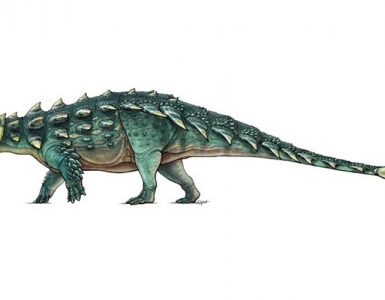This year’s challenge results were announced on October 7 and it is reported that two Indian-American teenagers figured among the 10 finalists for the competition. However, Both Rajan Vivek from Arizona and Prasanna Krishnamoorthy from Delaware failed to win the prestigious competition as the winner was Ryan Beam of California. The ClipCatch design by Mr. Beam will help the astronauts on the space station to clip their fingernails without worrying about the clipped nails floating away and potentially becoming some harmful debris.
The design submitted by Mr. Rajan tackled the challenge of containing water in a microgravity environment while still allowing plants to grow roots in it. NASA said that the Hydroponic Plant Box container would be very effective in spacecrafts as it requires less space and plants grow faster in and stronger in it. NASA’s In-Space Manufacturing project Manager, Niki Werkheiser, said,” the simplest task can be quite challenging and even dangerous in space. Being able to 3-D print technical parts, as well as the lifestyle items that we use every day will not only help enable deep space travel, but can make the trip more pleasant for astronauts.”
The winners were announced by NASA in partnership with the American Society of Mechanical Engineers Foundation that managed the competition. NASA stressed the fact that the winning design helped to make life simple better and comfortable for astronauts in space. Astronauts require containers for every basic thing and have to carry a lot of them. These containers could range from simple containers that could be used to hold the collected rocks on Mars or an astronaut’s food, to advanced containers for experiments that fruit flies. Students across the US spent their time during the summer submitting their designs with the ultimate goal of advancing human space exploration on the International Space Station.






















